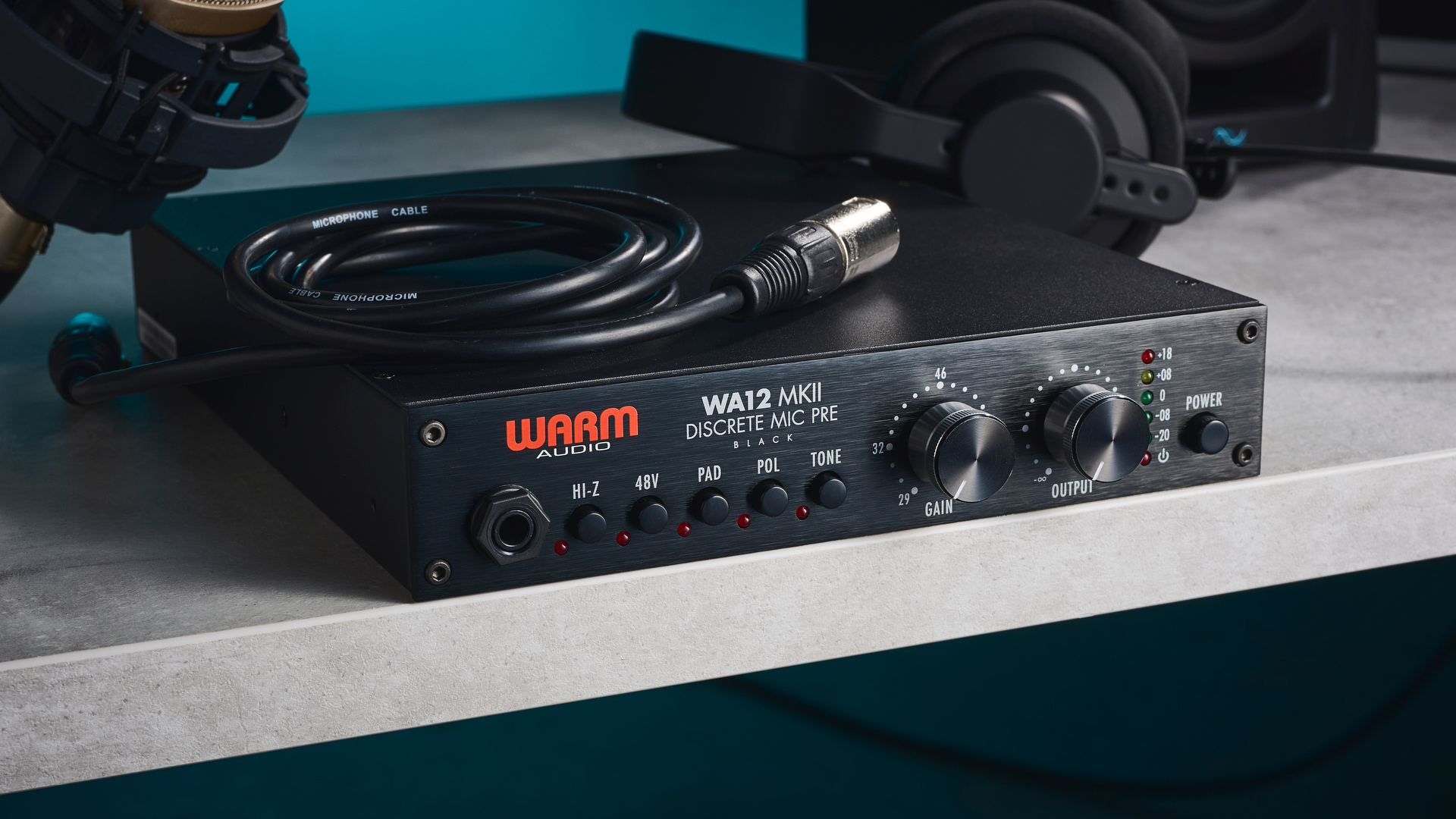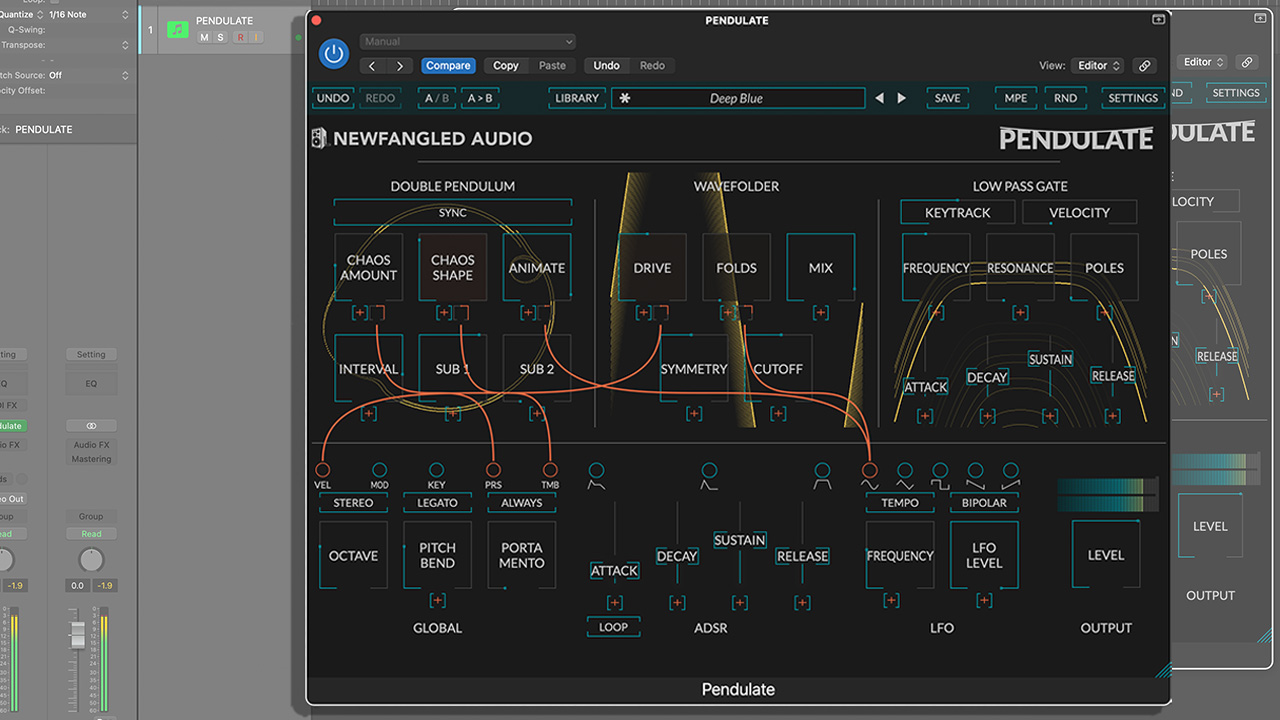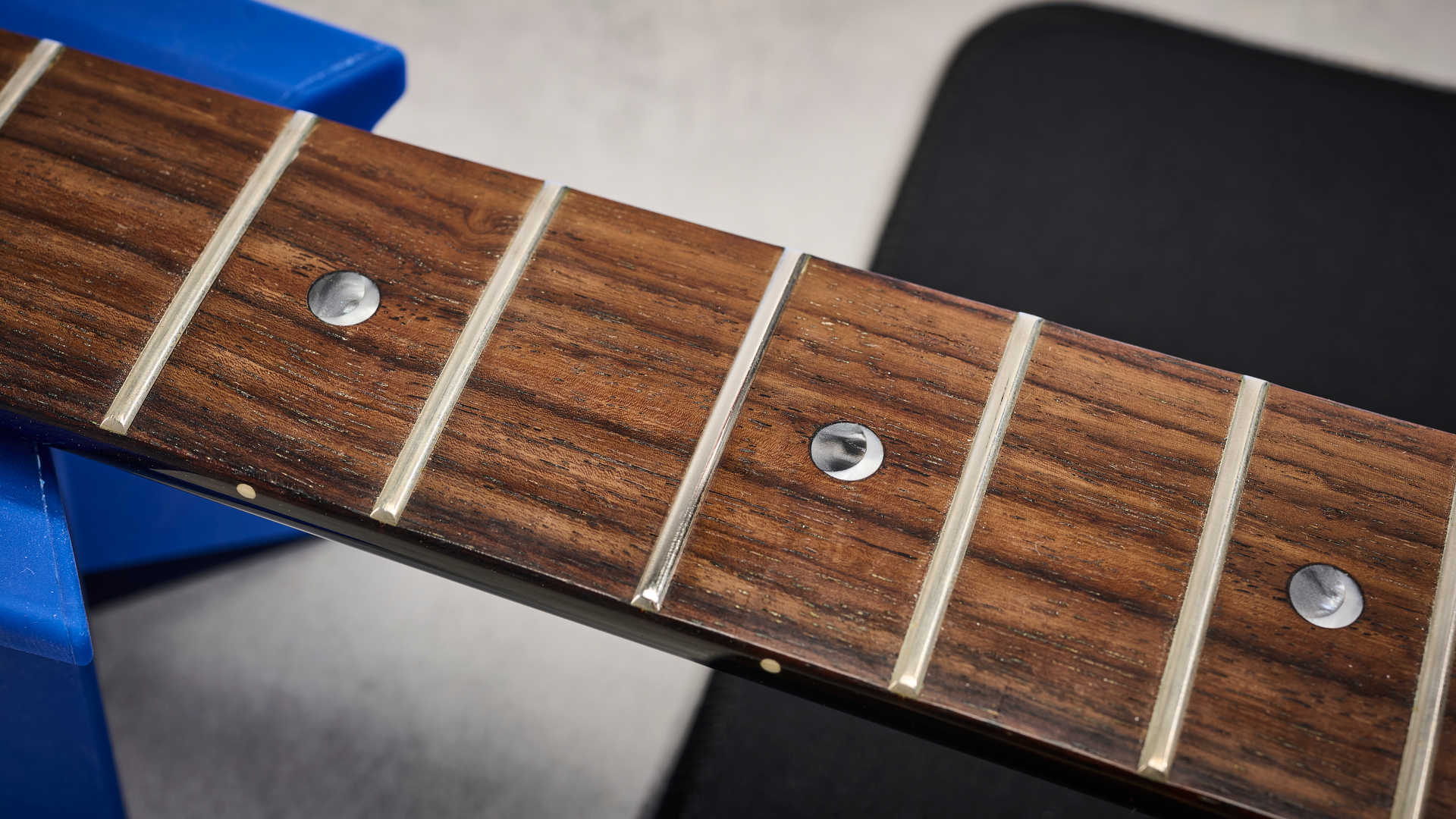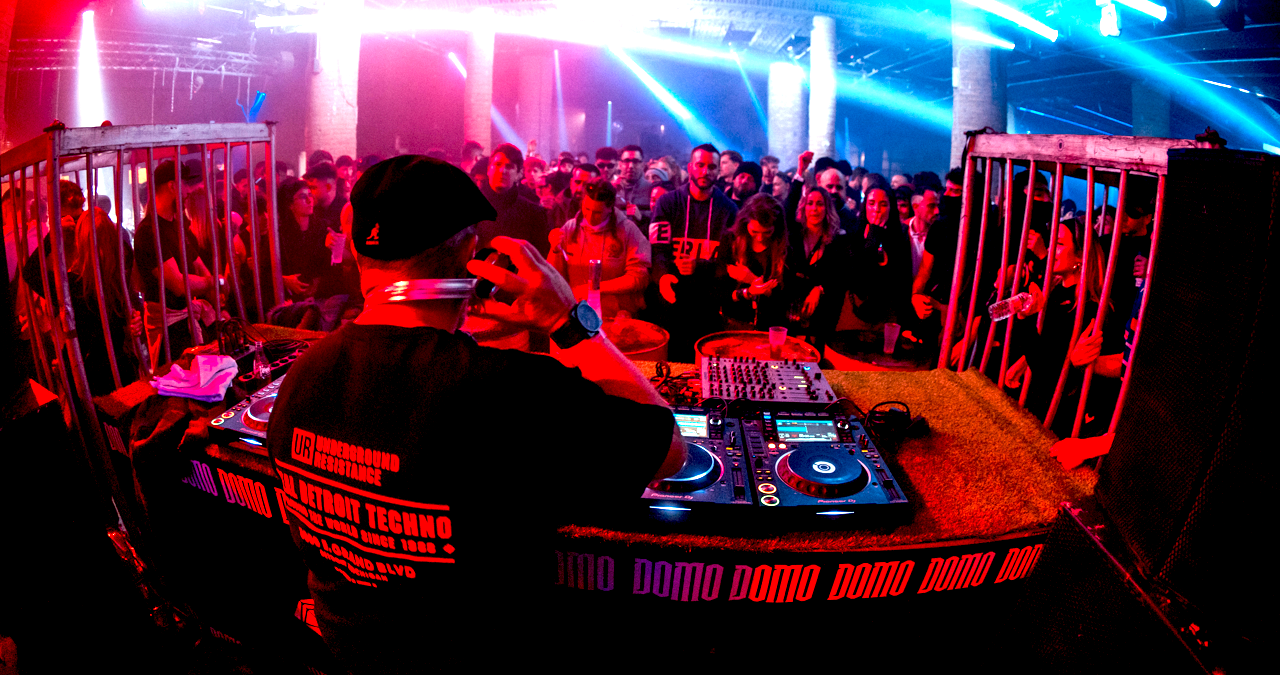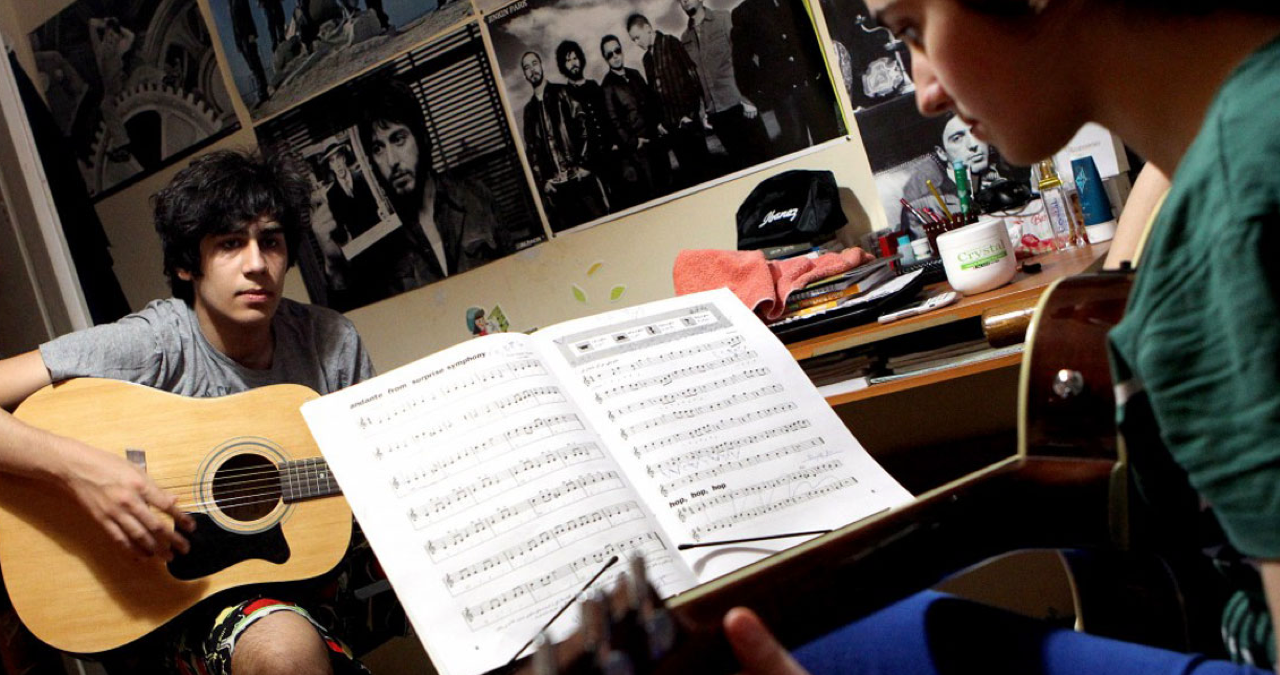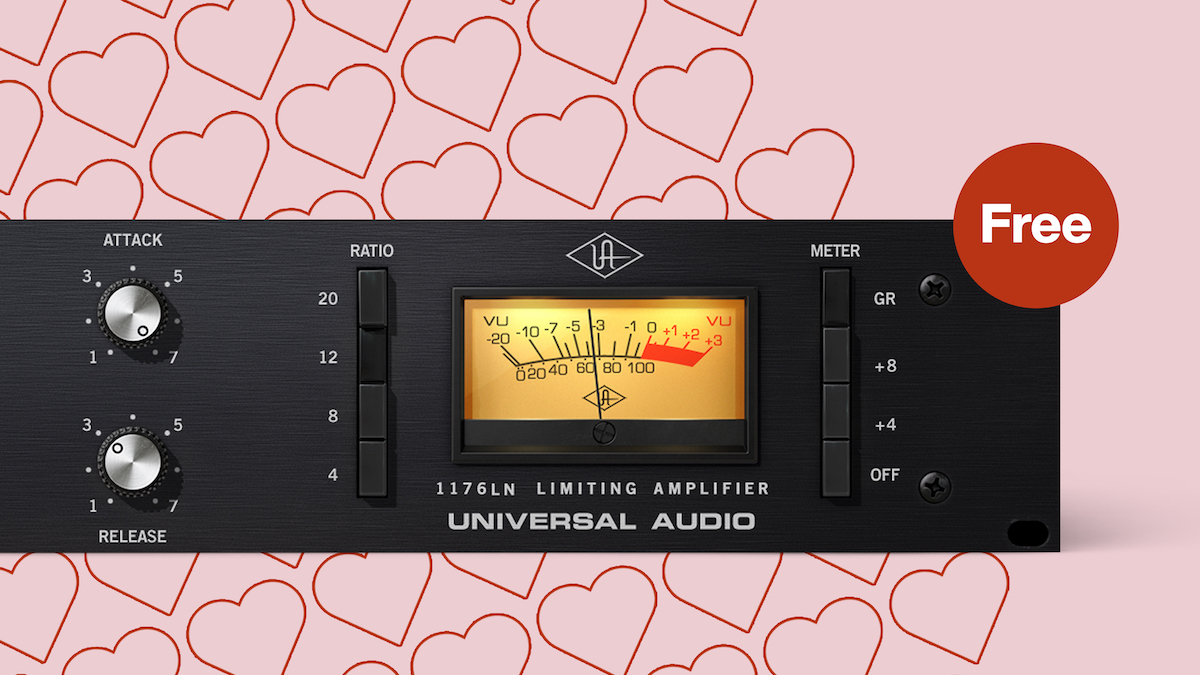“You can even buy and create models of instruments that are impossible to build in the real world”: Don't know where to start with virtual instruments? We're here to help
In today's world of music production, pretty much everything you can dream of will have a virtual counterpart. Let's explore
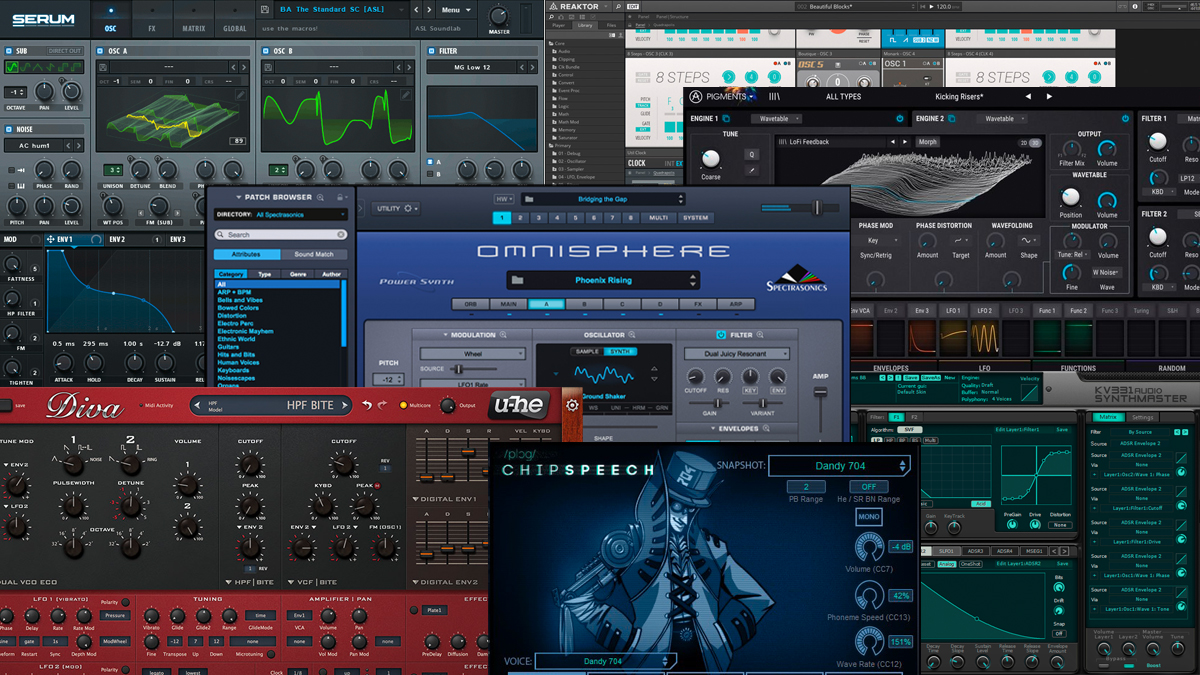
Here at MusicRadar, we're on a quest to detail every aspect of making music in as clear and concise a way as possible, focussing on opening up routes to making music that everybody - regardless of experience level - can understand.
At the heart of any modern studio set-up is your DAW, which we've analysed here. Really, many people would point to which virtual instruments you choose as being the next most important consideration.
In this feature we'll be exploring this world of these virtual instruments, which are also known as 'VIs', 'plugins' or 'VST instruments'. We'll be highlighting how you can make the best use of them in your music productions.
Like virtual band members, virtual instruments can provide all the sounds, beats and even the voices you need to create and mix a tune.
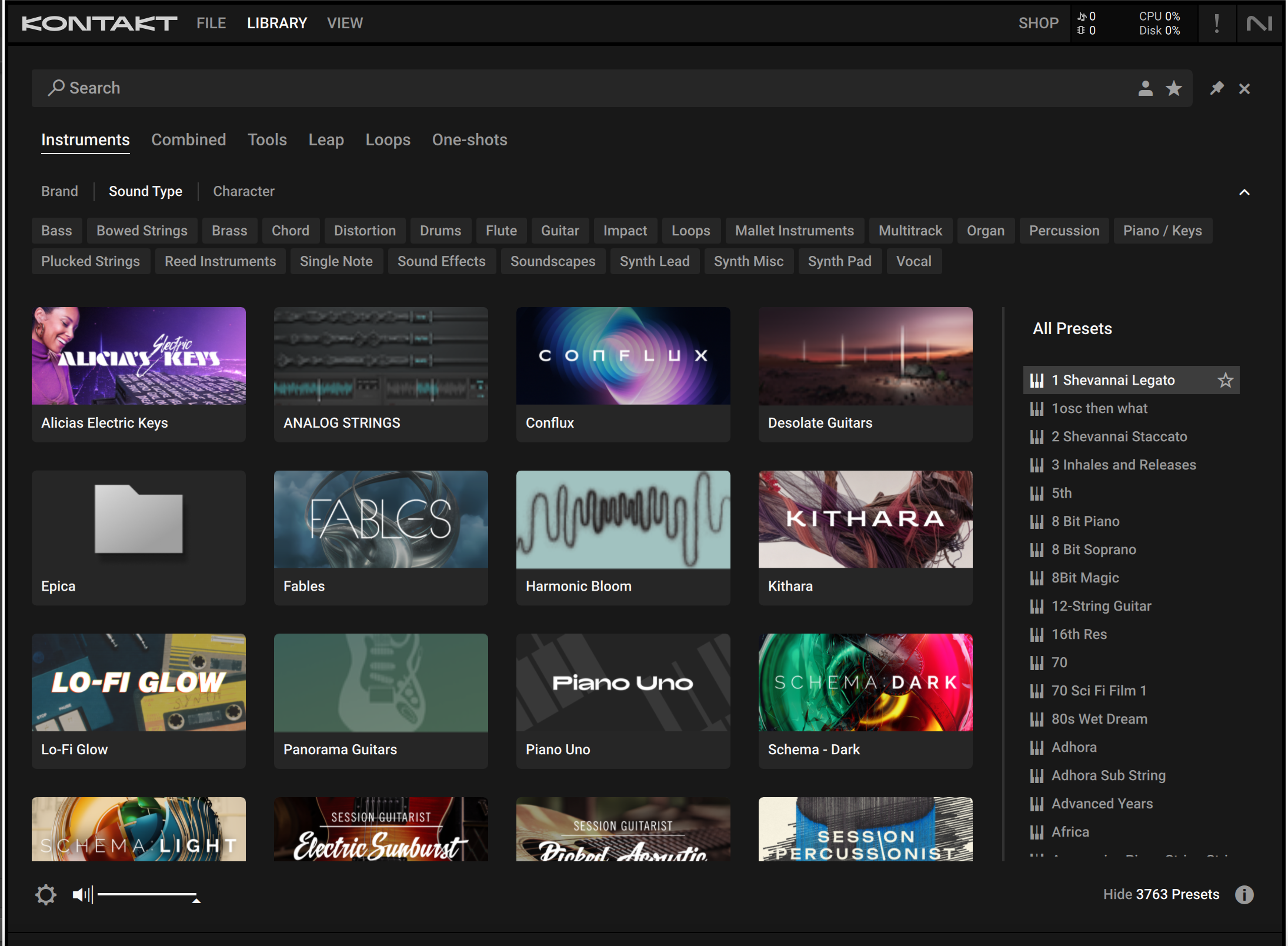
Not only do virtual instruments offer fantastic reproductions of real-world instrument sounds - guitars, drums, keyboards, vocals, orchestras and much more - but you don't need to be a gifted musician to get the most from them.
You can play and record them with your mouse, or an external MIDI controller or keyboard, and they most often cost a fraction of the real-world hardware equivalent.
Virtual instruments are therefore easy to install on a computer, relatively cheap, and you don't need any skills to use them, so what are you waiting for?
What are virtual instruments?
What are virtual instruments?
Virtual instruments are, very simply, emulations of real-word (and often other-worldly) musical instruments. They are recreated in software, without the physical constraints of the original hardware, and most often run in your DAW (Digital Audio Workstation) in which you use them for the individual track elements of the tune you are creating.
One of the most common virtual instruments is the synthesiser, both emulations of vintage keyboard designs and new, powerful creations in software.
You might get recreations of classic models from the 1970s and '80s - originally made by ARP, Moog, Sequential and Roland, for example - or incredibly complex sonic marvels that break new ground with digital synthesised mangling.
Get the MusicRadar Newsletter
Want all the hottest music and gear news, reviews, deals, features and more, direct to your inbox? Sign up here.
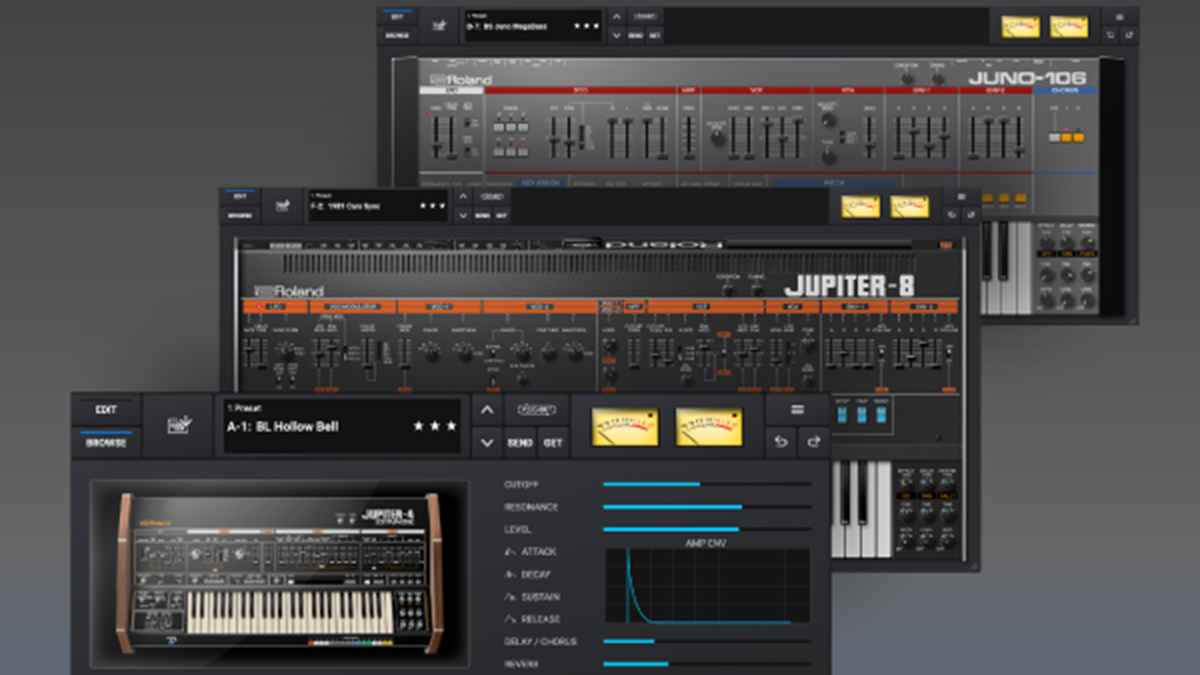
The guitar in all of its forms is also a very common virtual instrument - from shredding electrics to delicate acoustics, and you really can recreate any sound you can imagine, without strumming a string.
The same goes for pianos, from grands to uprights, acoustic and electronic drums, and any orchestral instrument; it's all available in software.
You can even buy and create models of instruments that are impossible to build in the real world with physical modelling VIs that can emulate any string, bow, pluck, strum or playing situation, with instruments of any size.
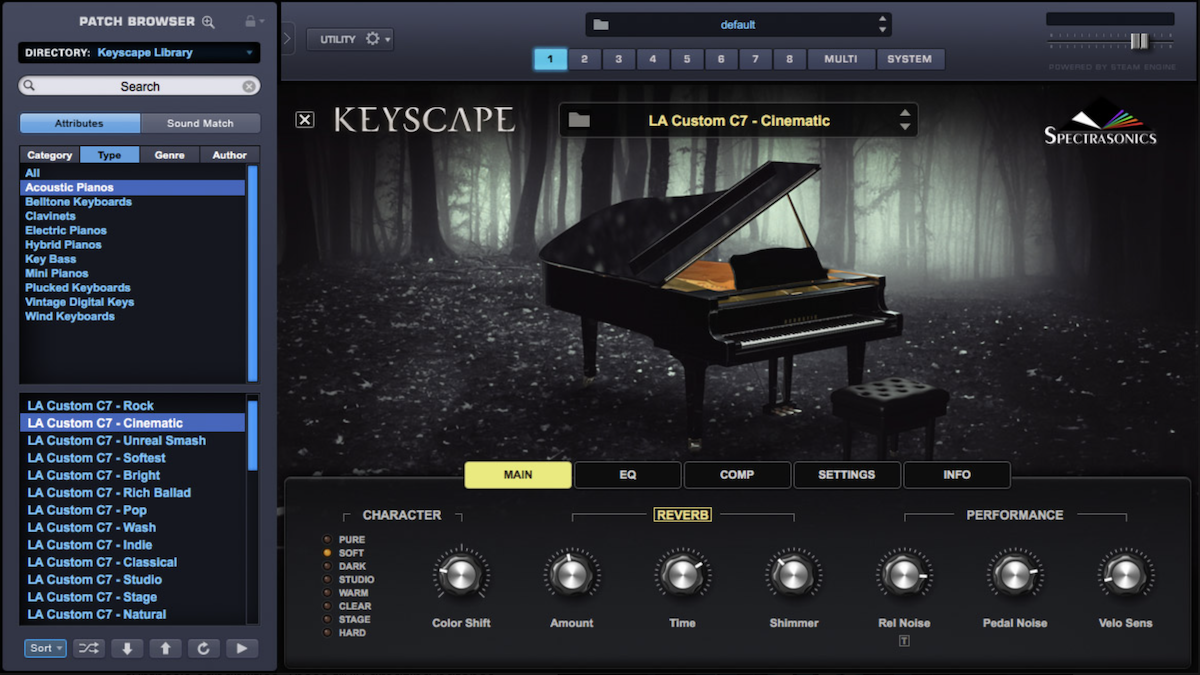
The virtual instrument world is truly a wonderful place to explore, full of any sound you can imagine, all at the tip of your finger or mouse.
Using virtual instruments is simply a matter of adding them to a MIDI or instrument track within your DAW. You can play them with external MIDI keyboards or with the virtual keyboards that come with some DAWs, so you can use your computer keyboard to trigger different notes. Then you simply choose a sound, record your playing - and that track is done.
Virtual instruments used to be divided up into those that were sample-based 'ROMplers' - that is, they used many recordings and articulations from real instruments when recreating them in your computer - or those that used complex algorithms to create sounds.
These were important in that the former required hard drive space and the latter required processor grunt.
In truth, the distinctions between the two are now more blurred, as virtual instruments often require both processing power and space. It's also true that these distinctions are less important because most modern day computers have good enough specs to handle most VI scenarios.
That said, you should always check reviews and specs if you are worried that your computer is underpowered or your hard drives are too full. We have some great review roundups below.
- Must-have software instruments
Another point you need to be aware of is a virtual instrument's particular format. This is because your DAW will only be able to load and run instruments in particular formats, the most common of which are VST, AU and AAX.
VST (Virtual Studio Technology) is the most widely available, and most DAWs are VST compatible including Ableton Live, FL Studio, Presonus Studio One, Reason Studios, Reaper, and both Steinberg Cubase and Nuendo.
AU (Audio Units) is a Mac only format (with AUv3 being the mobile iOS version) so is used on DAWs running on Apple machines like Ableton Live, Logic Pro, and Studio One.
RTAS (Real Time AudioSuite) and AAX (Avid Audio Extension) formats run within Pro Tools on a Mac or PC, RTAS being the older format (pre version 10) and AAX being the current (post v10).
Finally, some virtual instruments might be 'Kontakt-based', so require a version of Kontakt to run within a Mac or PC – most often they use the free version of Kontakt. These are usually larger libraries that use the slick Kontakt format so you can easily navigate between different presets and instruments all within one interface.
You simply load Kontakt in on your virtual instrument track, and can then access all of your Kontakt based VIs from within that interface.
10 key virtual instrument points
10 key virtual instrument points
1. DAWs usually come with a decent set of virtual instruments to get your virtual studio up and running. You often get a piano, maybe a couple of synths and even guitars if you are lucky. DAWs like Logic are famous for shipping with gigabytes of sounds and instruments, and might give you everything you need, but you can always add to your VI collection, with the many offerings from third-party developers.
2. Some virtual instruments run as standalone applications, meaning they don't require a DAW to run, and you can play them as an instrument on their own on your chosen computer, tablet or phone. Simply connect up your MIDI keyboard and play synths or drum machines like these from GForce software.
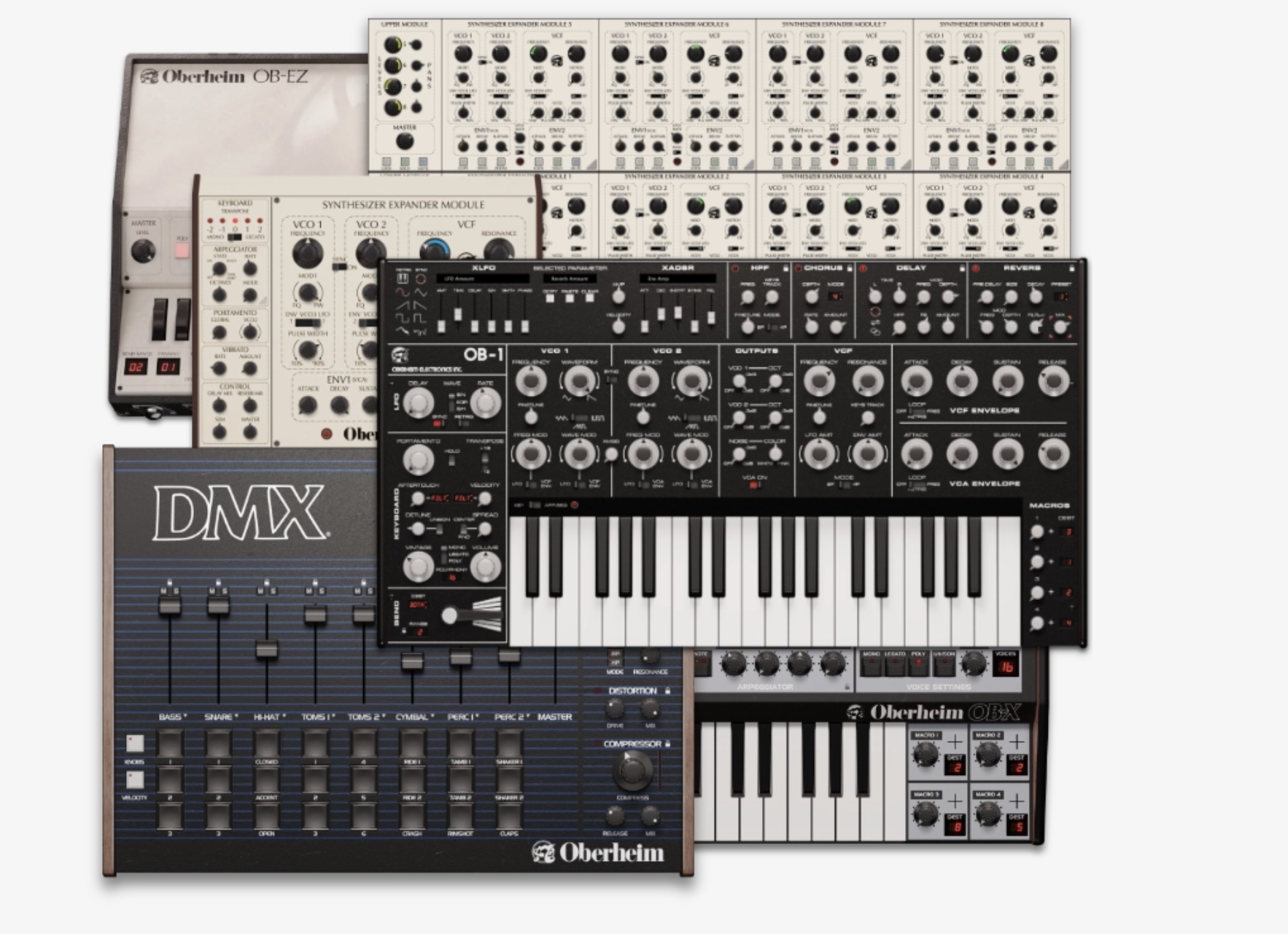
3. Plugins can also run 'natively', that is they use the processing power of your Mac or PC, or they might require external hardware, such as some Universal Audio plugins that might need an additional Apollo interface, for example, for that extra power. However, UA is currently making most of its plugins run natively.
4. Virtual Instrument 'bundles' are large sets of virtual instruments, saving a lot of money over buying each one individually. Companies like Native Instruments (Komplete), Arturia (V-Collection), Korg (The Collection), and Softube (Volume 6) offer bundles of their best instruments. They might cost you hundreds but you will save a lot over buying each title.
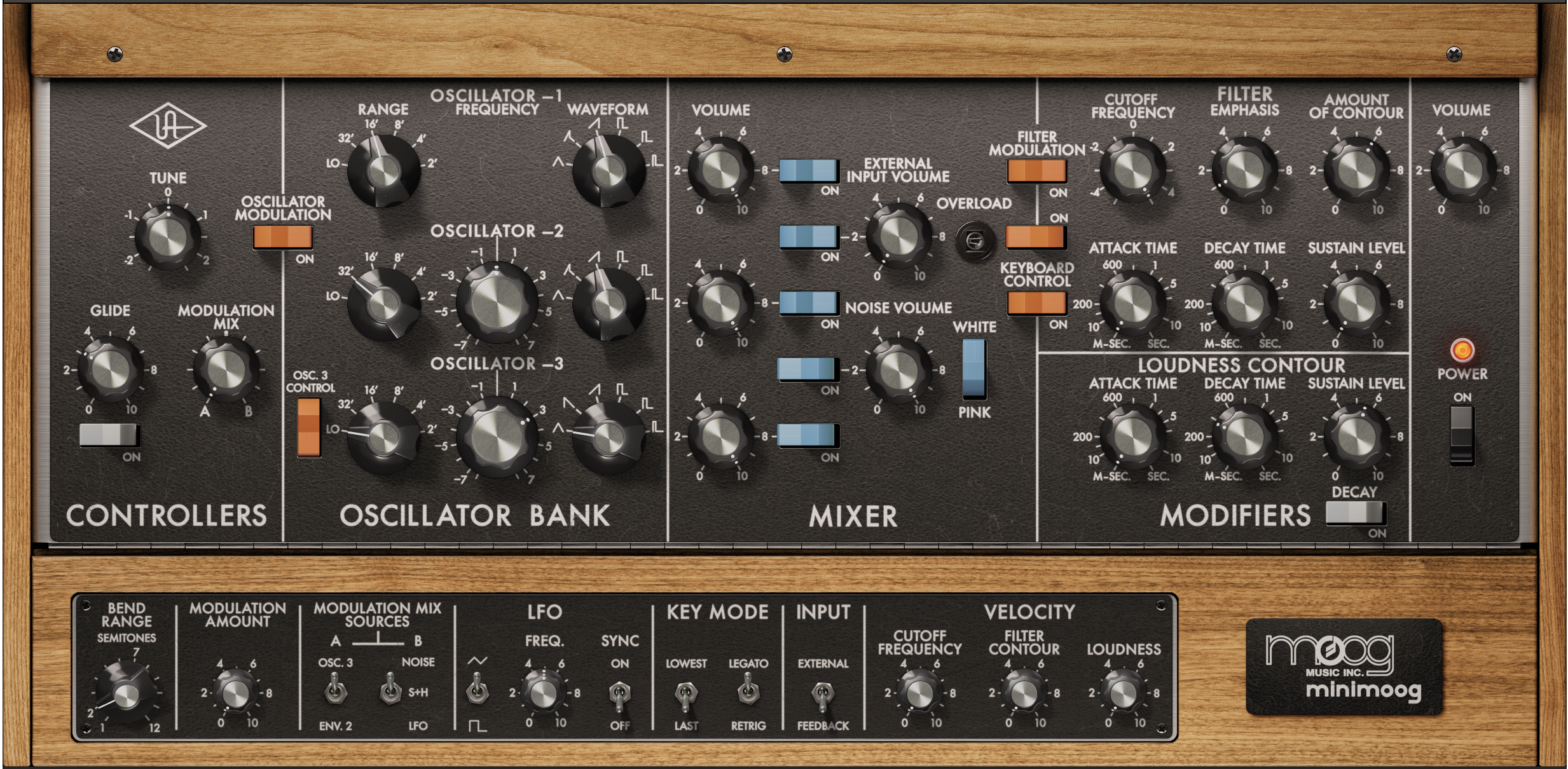
5. Some instrument bundles might be available as part of a subscription, where you pay monthly or yearly fees to access the instruments and their sounds. Companies like Roland with its Cloud supply excellent recreations of its legacy hardware synths in software. You can buy these individually but at a cost of around £$20 a month, you get access to all of the instruments – and that is a lot! Beware though, these subscription can mount up, so do check our reviews out.
6. You might hear virtual instruments referred to as 'libraries'. This tends to be applied to larger instruments, like entire orchestras from companies like Orchestral Tools and Spitfire Audio, which require vast amount – sometimes hundreds of gigabytes – of sampled data, or sample libraries, to reproduce all of their necessary instruments in your DAW. Beware their large hard drive requirements, though, and the fact that these are most often the costliest of instruments simply as you get so many.
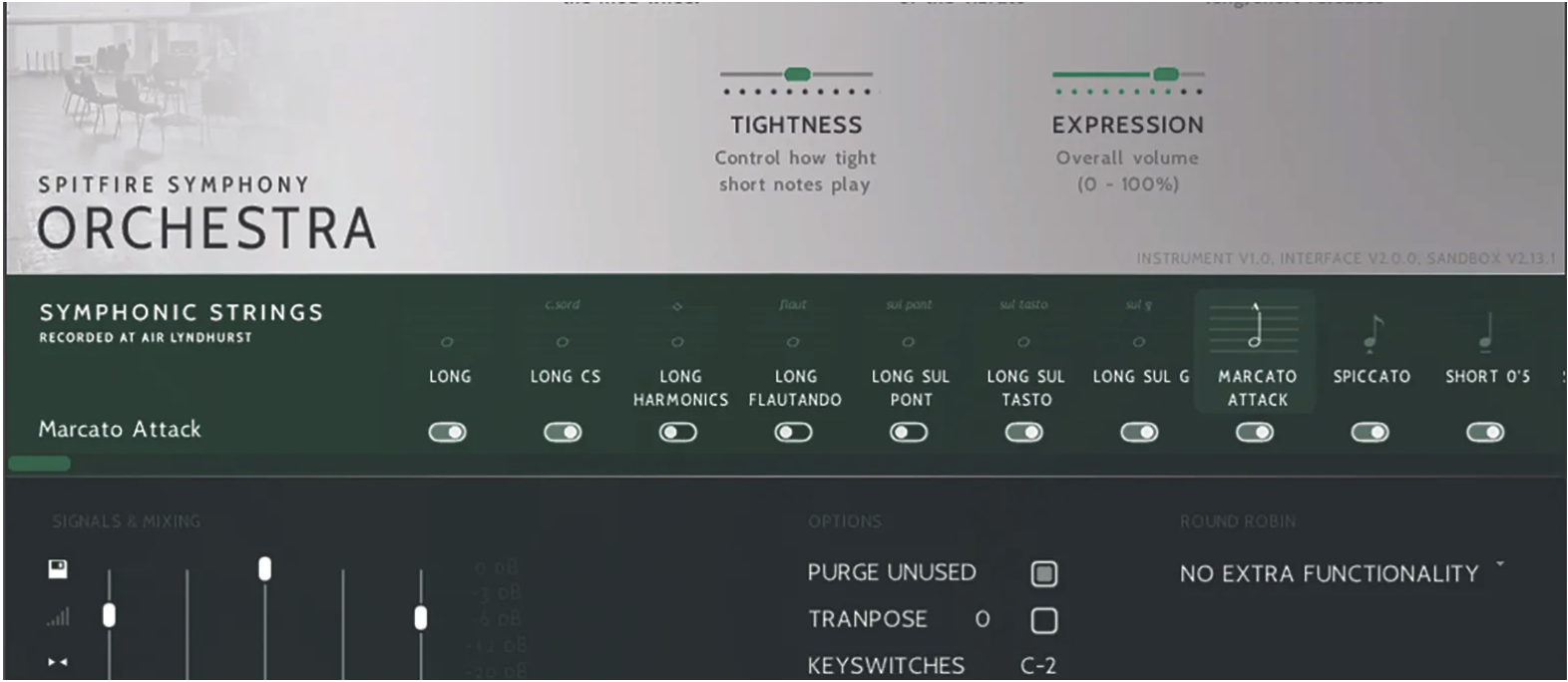
7. Now you've learned about virtual instruments, consider virtual 'workstations' which are multiple virtual instruments within one instrument. These mega-instruments like IK Multimedia's SampleTank and Steinberg's Halion - and to a certain extent NI's Kontakt (as mentioned above) are powerful do-everything instruments and will happily supply every track of your song. They can be expensive and complex, though, so again, check out our reviews before buying.
8. Within most DAWs you can save processor power by turning the sounds made by your virtual instruments into audio. This is known as 'freezing' and once you are happy with a sound from your VI, you can freeze it and any effects you have applied, then close the instrument to reduce the pressure on your CPU.
9. Plugins also include effects which can be added to instruments to either subtly or dramatically change their sound within a mix. We will be running a separate Start Here on plugin effects as there are many types available.
10. Finally, if you are feeling brave and are technically minded, you can make your own plugin instruments using programming languages like C++ or platforms including JUCE. There are also easier ways with some services like Elemental Studio even allowing their creation within a plugin environment. Go for it if you dare!
Andy has been writing about music production and technology for 30 years having started out on Music Technology magazine back in 1992. He has edited the magazines Future Music, Keyboard Review, MusicTech and Computer Music, which he helped launch back in 1998. He owns way too many synthesizers.
You must confirm your public display name before commenting
Please logout and then login again, you will then be prompted to enter your display name.
“The included sample content is not only unique but sonically amazing, as it always was”: Spitfire Audio BBC Radiophonic Workshop review
“We were able to fire up a bass sound that was indistinguishable from the flavour of New Order’s Blue Monday in seconds”: EastWest Sounds Iconic review

